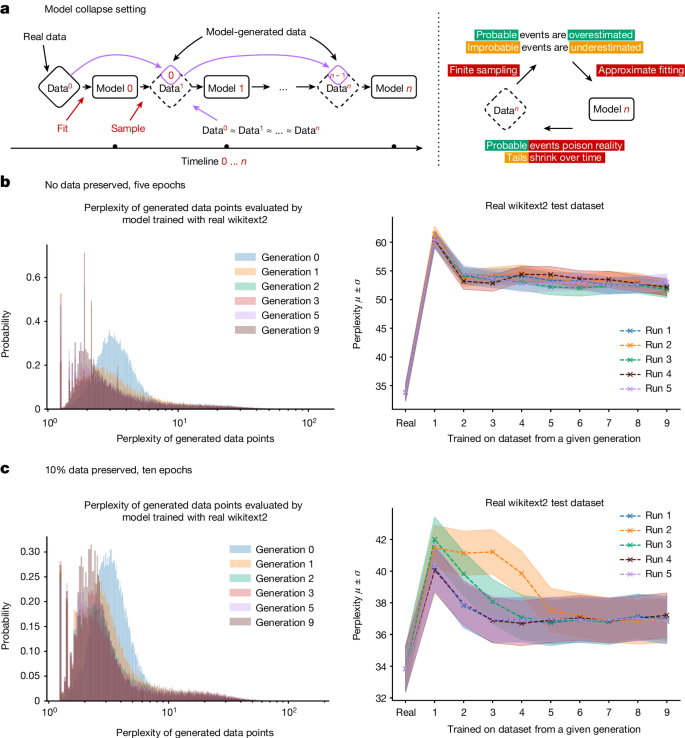2024-10-01 カリフォルニア大学リバーサイド校(UCR)

The ubiquitous nature of plastic in the environment. (littleny/iStock/Getty)
<関連情報>
- https://news.ucr.edu/articles/2024/10/01/airborne-plastic-chemical-levels-shock-researchers
- https://www.sciencedirect.com/science/article/abs/pii/S0013935124013707
シリコン製リストバンドが、南カリフォルニアにおけるオルトフタル酸エステルおよび非オルトフタル酸エステル系可塑剤へのヒトの暴露を明らかにする Silicone wristbands reveal ubiquitous human exposure to ortho-phthalates and non-ortho-phthalate plasticizers in Southern California
Aalekhya Reddam, Nicholas Herkert, Heather M. Stapleton, David C. Volz
Environmental Research Available online: 20 June 2024
DOI:https://doi.org/10.1016/j.envres.2024.119465
Highlights
- Silicone wristbands were used to quantify exposure across two different cohorts.
- Human exposure to ortho-phthalates and non-ortho-phthalate plasticizers is ubiquitous.
- DiNP, DEHP, and DEHT accounted for 94–97% of human exposure.
- Our findings raise concerns about chronic DEHP/DiNP/DEHT exposure in urban areas.
Abstract
In the United States and abroad, ortho-phthalates and non-ortho-phthalate plasticizers continue to be used within a diverse array of consumer products. Prior California-specific biomonitoring programs for ortho-phthalates have focused on rural, agricultural communities and, to our knowledge, these programs have not measured the potential for exposure to non-ortho-phthalate plasticizers. Therefore, the potential for human exposure to ortho-phthalates and non-ortho-phthalate plasticizers have not been adequately addressed in regions of California that have higher population density. Since there are numerous sources of ortho-phthalates and non-ortho-phthalate plasticizers in population-dense, urban regions, the objective of this study was to leverage silicone wristbands to quantify aggregate ortho-phthalate and non-ortho-phthalate plasticizer exposure over a 5-day period across two different cohorts (2019 and 2020) of undergraduate students at the University of California, Riverside (UCR) that commute from all over Southern California. Based on 5 d of aggregate exposure across two different cohorts, total ortho-phthalate plus non-ortho-phthalate plasticizer concentrations ranged, on average, from ∼100,000–1,000,000 ng/g. Based on the distribution of individual ortho-phthalate and non-ortho-phthalate plasticizer concentrations, the concentrations of di-isononyl phthalate (DiNP, a high molecular weight ortho-phthalate), di (2-ethylhexyl) phthalate (DEHP, a high molecular weight ortho-phthalate), and di-2-ethylhexyl terephthalate (DEHT, a non-ortho-phthalate plasticizer) detected within wristbands were higher than the remaining seven ortho-phthalates and non-ortho-phthalate plasticizers measured, accounting for approximately 94–97% of the total mass depending on the cohort. Overall, our findings raise concerns about chronic DiNP, DEHP, and DEHT exposure in urban, population-dense regions throughout California.



